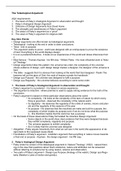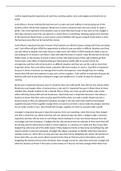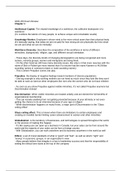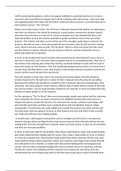Study guide
Philosophy - The Design Argument
- Vak
- Instelling
AQA Religious Studies - Philosophy - The Design Argument - Euthanasia - Full in depth notes according to the specification, including quotes, key thinkers and everything needed to achieve an A*.
[Meer zien]










